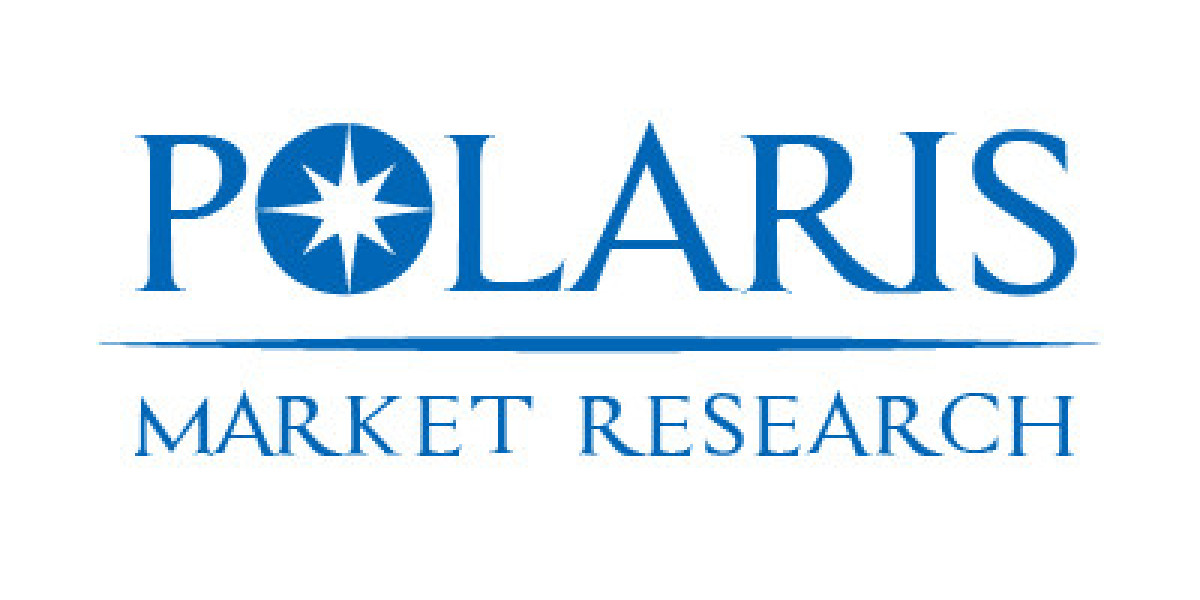Market overview
The gas turbine market size was valued at USD 10.57 billion in 2024. It is projected to grow from USD 10.95 billion in 2025 to USD 15.46 billion by 2034, exhibiting a CAGR of 3.9% during 2025–2034.
Gas turbines convert fuel energy into mechanical work and electricity through combustion, a rotating compressor, and turbine stages. Historically fueled by natural gas and liquid fuels, gas turbines increasingly operate on blended fuels, hydrogen-ready mixes or sustainable biofuels as operators seek to reduce carbon intensity. Modern combined-cycle gas turbine (CCGT) plants pair gas turbines with steam cycles to achieve high thermal efficiencies, while simple-cycle units are valued for peaking duty and grid balancing. Advanced turbine controls, additive manufacturing for parts, improved blade materials and digital condition-monitoring platforms are extending service intervals, reducing operating costs, and enabling higher dispatch flexibility.
Primary market drivers include the need for flexible generation to balance variable renewables, ongoing power system reliability investments, industrial demand for on-site CHP solutions, and policy-driven decarbonization pathways that call for transitional low-carbon technologies. Key constraints include capital intensity for large-scale plants, competition from renewable energy plus storage in some dispatch profiles, and the technical and commercial challenges associated with hydrogen and other alternative fuels at scale.
Market scope
- Turbine Types and Configurations
The market covers aero-derivative turbines (lightweight, fast-start units typically used for peaking and marine applications), heavy-duty industrial turbines (robust units for baseload and combined-cycle plants), and small-scale packaged turbines for distributed generation and CHP. Configurations include simple-cycle, combined-cycle, and hybrid systems coupled with energy storage or carbon capture technologies. - Fuel Variety and Conversion Readiness
Traditional natural gas and liquid fuels remain prevalent, but market scope increasingly includes hydrogen-capable turbines, fuel-flexible combustion systems, and retrofits that enable co-firing of low-carbon fuels. Fuel supply chain integration — hydrogen production and blending infrastructure, for example — is an important sub-market consideration. - End-User Segments
End users span utilities and independent power producers, industrial manufacturers deploying mechanical drives and CHP, oil & gas facilities requiring compression and power, marine operators, and remote or island grids where compact, high-power solutions are required. - Service, Digital and Retrofit Offerings
Beyond hardware, the market includes long-term service agreements (LTSA), spare-parts supply chains, performance upgrades (e.g., aerodynamic blade retrofits), digital offerings (analytics, predictive maintenance), and turnkey projects that integrate turbines into larger energy systems, including hybrid renewable + gas plants.
Market opportunities
- Hydrogen and Low-Carbon Fuel Integration
Retrofitting or designing turbines for partial-to-full hydrogen combustion presents a significant growth vector. As green and low-carbon hydrogen supply scales, gas turbines adapted to these fuels can enable deep decarbonization for power and industrial heat while leveraging existing turbine fleets and infrastructure. - Flexible Capacity and Renewable Balancing Services
The ability of gas turbines—especially fast-start aero-derivative designs and flexible combined-cycle plants—to provide rapid ramping, frequency response, and reserve services positions them as essential partners to high-renewable grids. Markets offering capacity and ancillary service revenues create new commercial models for turbine operators. - Repowering and Efficiency Upgrades
Replacing older turbine units with modern, high-efficiency models or retrofitting life-extension and efficiency packages enables asset owners to defer new builds, improve fuel consumption and lower emissions intensity. Upgrades that increase firing temperature, optimize compressors, or leverage advanced coatings can yield meaningful efficiency gains. - Hybridization with Energy Storage and Carbon Mitigation
Integrating turbines with batteries, thermal storage, or carbon capture systems unlocks hybrid operational modes: turbines can provide firming power while storage handles short-duration variability, and carbon capture retrofits can extend the life of assets under tighter emissions regimes. These hybrids open new contracting and market participation options.
Browse Full Insights:
https://www.polarismarketresearch.com/industry-analysis/gas-turbine-market
Regional analysis
North America
North America remains a mature gas turbine market characterized by a mix of new capacity, repowering projects, and significant emphasis on flexible dispatch as renewable penetration grows. Low-cost natural gas markets and well-developed service ecosystems support investments in both heavy-duty and aero-derivative units. Commercial pilots for hydrogen co-firing and hybrid plant designs are catalyzing near-term retrofit activity.
Europe
Europe’s market is defined by an urgent decarbonization imperative and regulatory pressures that favor emissions reductions, yet still require firm, flexible capacity. As a result, operators are investing in high-efficiency combined-cycle units, conversion-readiness for hydrogen, and hybrid solutions paired with energy storage. Grid operators in several countries are updating market mechanisms to value flexibility and ancillary services, supporting gas turbine roles in transitional strategies.
Asia-Pacific
Asia-Pacific presents diverse demand: rapid economic growth and industrial expansion in some markets drive new gas-fired capacity, whereas other markets prioritize renewables and energy import economics. Liquefied natural gas (LNG) infrastructure growth, industrial CHP adoption, and coastal power plants for fast-start peaking duty make the region a significant source of demand for both heavy-duty and aero-derivative turbines.
Rest of World (Latin America, Middle East & Africa)
In Latin America, natural gas resource development and grid modernization programs are spurring gas turbine projects, particularly for peaking and flexible generation. The Middle East continues to rely heavily on gas turbines for power and desalination feedstocks, with increasing interest in fuel flexibility to include low-carbon fuels. In Africa, gas turbines are often deployed for remote or islanded grids, industrial power supply, and to replace aging reciprocating assets.
Key companies and ecosystem roles
The gas turbine ecosystem is composed of original equipment manufacturers (OEMs), independent service providers, engineering, procurement and construction (EPC) firms, fuel and infrastructure developers, and aftermarket parts and digital service companies. Key roles include:
- OEMs and design houses that develop turbine cores, combustion systems, and generator packages—responsible for product roadmaps that increasingly emphasize fuel flexibility and lifecycle economics.
- EPC contractors and integrators who deliver turnkey plants, manage grid interconnections, and integrate turbines with heat recovery steam generators (HRSGs), storage, and emissions control systems.
- Service and aftermarket specialists providing long-term maintenance contracts, parts remanufacturing, field service crews, and life-extension upgrades that optimize total cost of ownership.
- Digital and analytics providers supplying condition monitoring, performance optimization, and predictive maintenance platforms that improve uptime and reduce unplanned outages.
- Fuel and infrastructure partners (LNG suppliers, hydrogen producers, pipeline operators) whose investments influence the commercial feasibility of fuel conversion projects.
These stakeholders frequently form consortiums or project-specific partnerships to de-risk investments, qualify fuels, and validate new operational concepts such as high-hydrogen firing, hybrid plant controls, or carbon capture integration.
Market outlook and implications
The Gas Turbine market is expected to remain strategically important through the energy transition — not as an immutable baseload technology, but as a flexible, decarbonizing enabler when combined with fuel shifts, digital optimization, and hybrid architectures. Market success will hinge on clear regulatory frameworks for low-carbon fuels, investment in fuel supply chains (notably hydrogen), and market mechanisms that properly compensate flexibility, reliability and low-emissions operation.
More Trending Latest Reports By Polaris Market Research:
Active Calcium Silicate Market
Passwordless Authentication Market
Fintech as a Service (FaaS) Market
Active Calcium Silicate Market
Indonesia, Philippines, Malaysia, and Cambodia Debt Collection Software Market
Automotive E-Compressor Market
Advanced Energy Storage Systems Market
Advanced Energy Storage Systems Market








